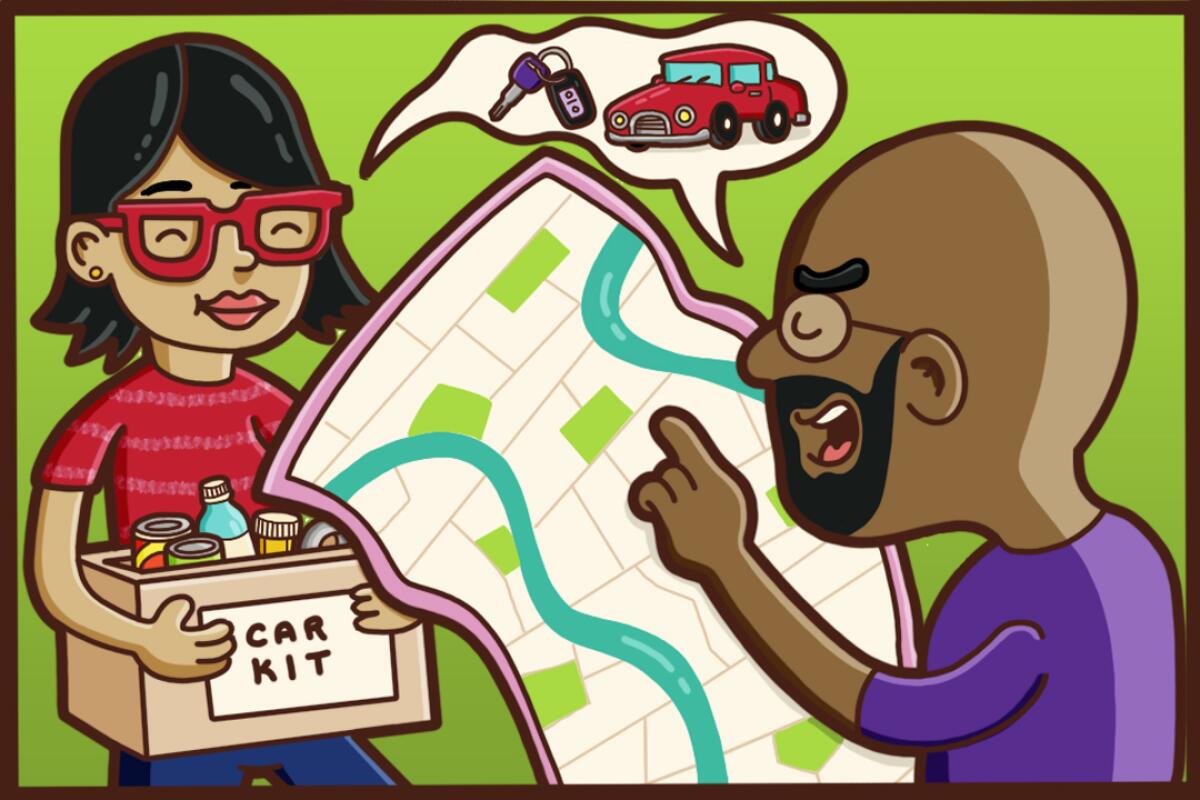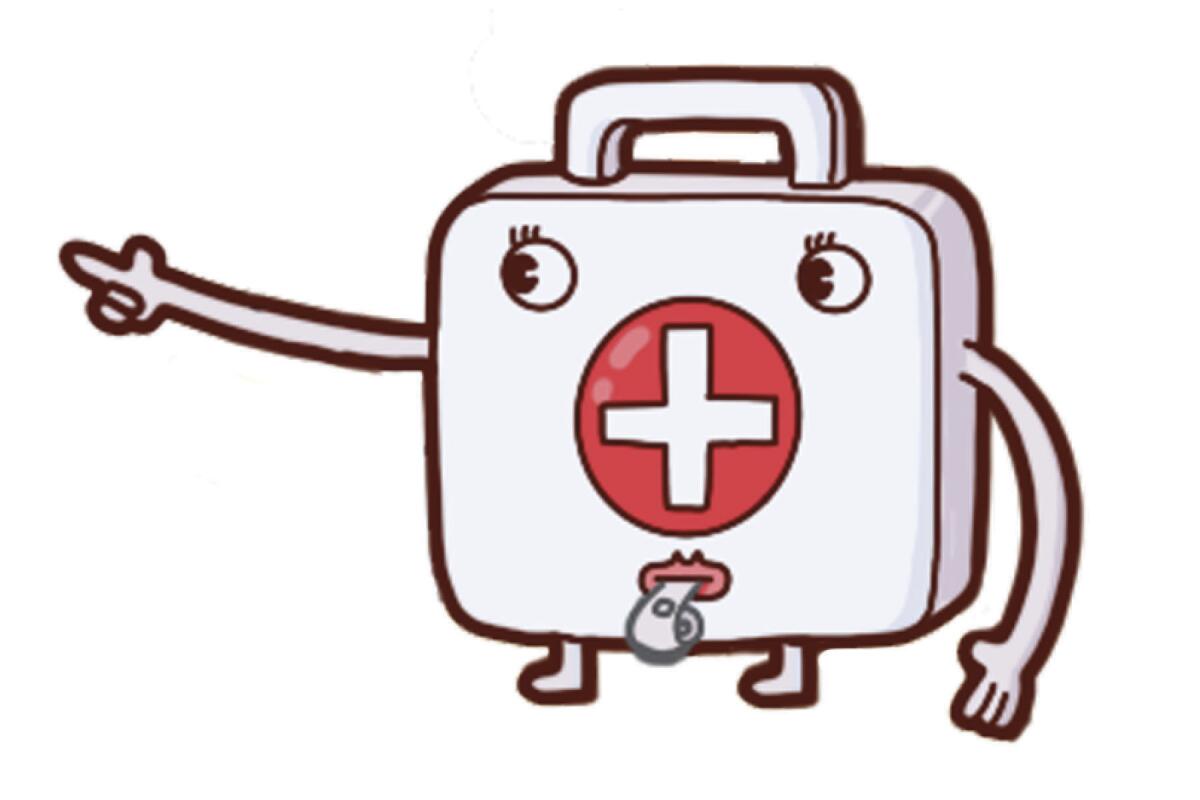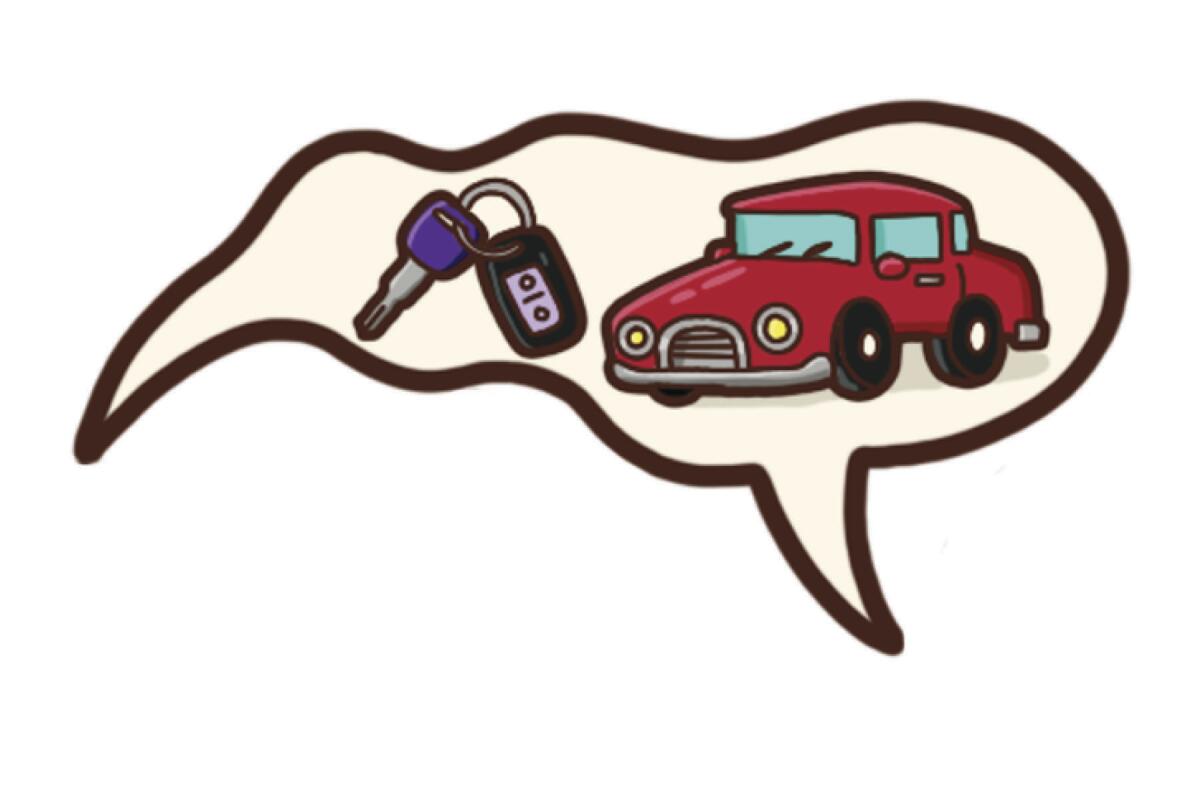Unshaken, Week 2: How to be ready for an earthquake away from home

- Share via
Hello. Once again, this is Jessica Roy coming to you with Unshaken, the L.A. Times newsletter guide to earthquake readiness and resilience. We’re breaking down disaster preparedness into digestible to-do lists so you can get ready without getting stressed.
Last week, you got your earthquake kit together — or maybe you refreshed an existing one and got to know what was in it. (Did you order anything new that you still need to add to your kit? Go do that now. I’ll wait.)
So you’re stocked up for when (not if!) disaster strikes when you’re at home. But what if you aren’t at home? What if you’re on the road, on the bus, or at work or school? We’re going to get your commute kit together and discuss what to do when you’re at work, school or anywhere else.
Build your commute kit
If a quake hits while you’re on the go, are you prepared? It’s a good idea to keep a smaller version of your home quake kit in the trunk or backseat of your car, Jessica Kellogg of the L.A. Emergency Management Department says.

Here’s what she recommends keeping in a car kit:
— Mini fire extinguisher
— First-aid kit
— Blanket
— Change of clothes
— Cash to buy gas
— Spare tire
— Water
— Emergency food
If you don’t drive, you’re probably not going to be hauling around a fire extinguisher. But you can still be prepared. Have comfortable flat shoes, some cash in your bag, a cellphone charger, a snack and maybe a small first-aid kit — anything that will help you get home or somewhere else safe if you’re mid-commute.
Agenda item: Put together your commute kit.
Support our journalism
Subscribe to the Los Angeles Times.
At work, at school and everywhere else
Find a safe place. In an earthquake, you’re going to need to find a spot to drop to your knees, cover your head and neck — either with your arms or under a sturdy piece of furniture — and hold on to anything you’re under. (“Drop. Cover. Hold on.” is the official guidance for what to do when the shaking starts.) Think about where you would do that at school or work.
Stash some shoes and cash. If you regularly wear heels or other less-than-practical shoes, keep a pair of flat, comfortable hard-soled shoes at your work station or in your locker. Have cash in small bills on hand in case you need to buy food and water and credit card readers aren’t working.

Get familiar with the exits. When was the last time you really looked at the signage showing evacuation routes in your workplace or school? Study them (especially if you haven’t been there in person for some time). Where’s the nearest exit to where you work? Where would you go if that route was blocked? Mentally plot out your emergency escape. You want to be familiar enough that you can save precious seconds when you need to get out quickly.
Agenda item: Figure out your spot to drop, cover and hold on. Stock your personal space with shoes and cash. Know your exit route.
Look for the next installment of Unshaken, the L.A. Times newsletter guide to earthquake readiness and resilience, in your inbox on Friday. Your third assignment will be to secure anything that can cause injuries inside your home. We’ll walk you through it. See you then. (Times subscribers can access the complete course here.)
More resources
— One of the most important things you can do to prepare for an earthquake is talk to your neighbors, writes seismologist Lucy Jones.
— Thinking of buying a premade earthquake kit? We unboxed four of them, from $30 to $300.
— If all you have to eat in your emergency kit are granola bars and canned tuna, here’s how to up your game. Plus here’s some advice from L.A. food people.
— How does California’s earthquake early-warning system work? And what apps should you have on your phone?
Sign up for Essential California
The most important California stories and recommendations in your inbox every morning.
You may occasionally receive promotional content from the Los Angeles Times.



